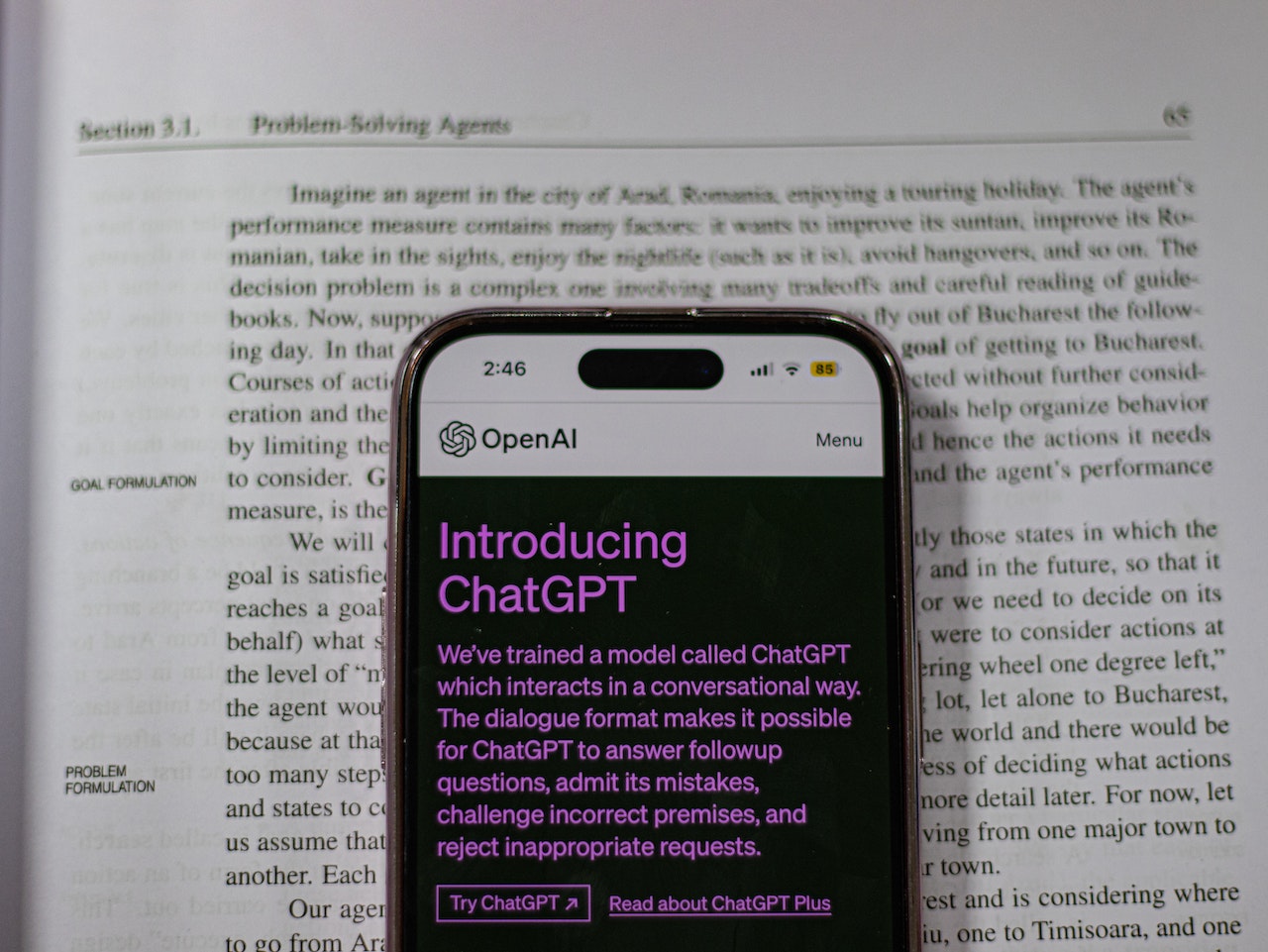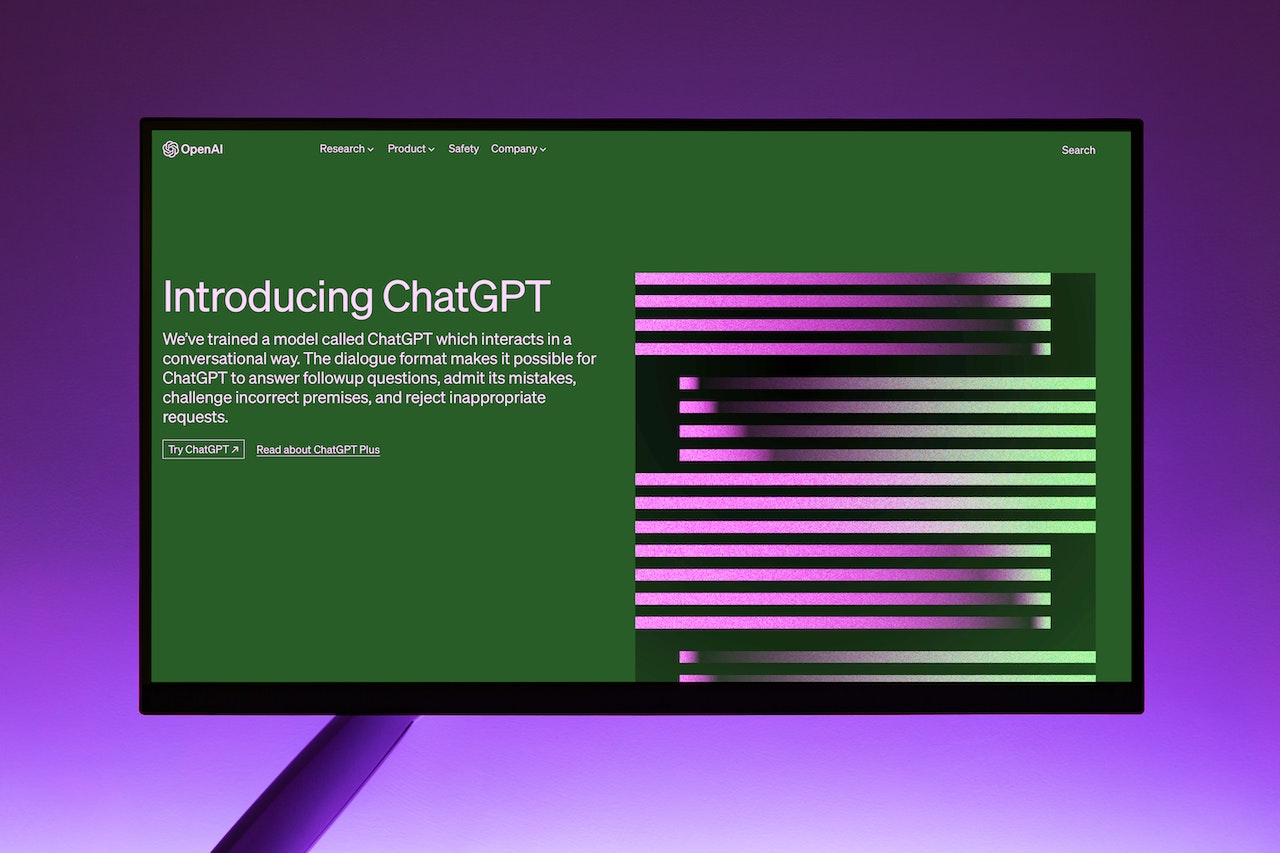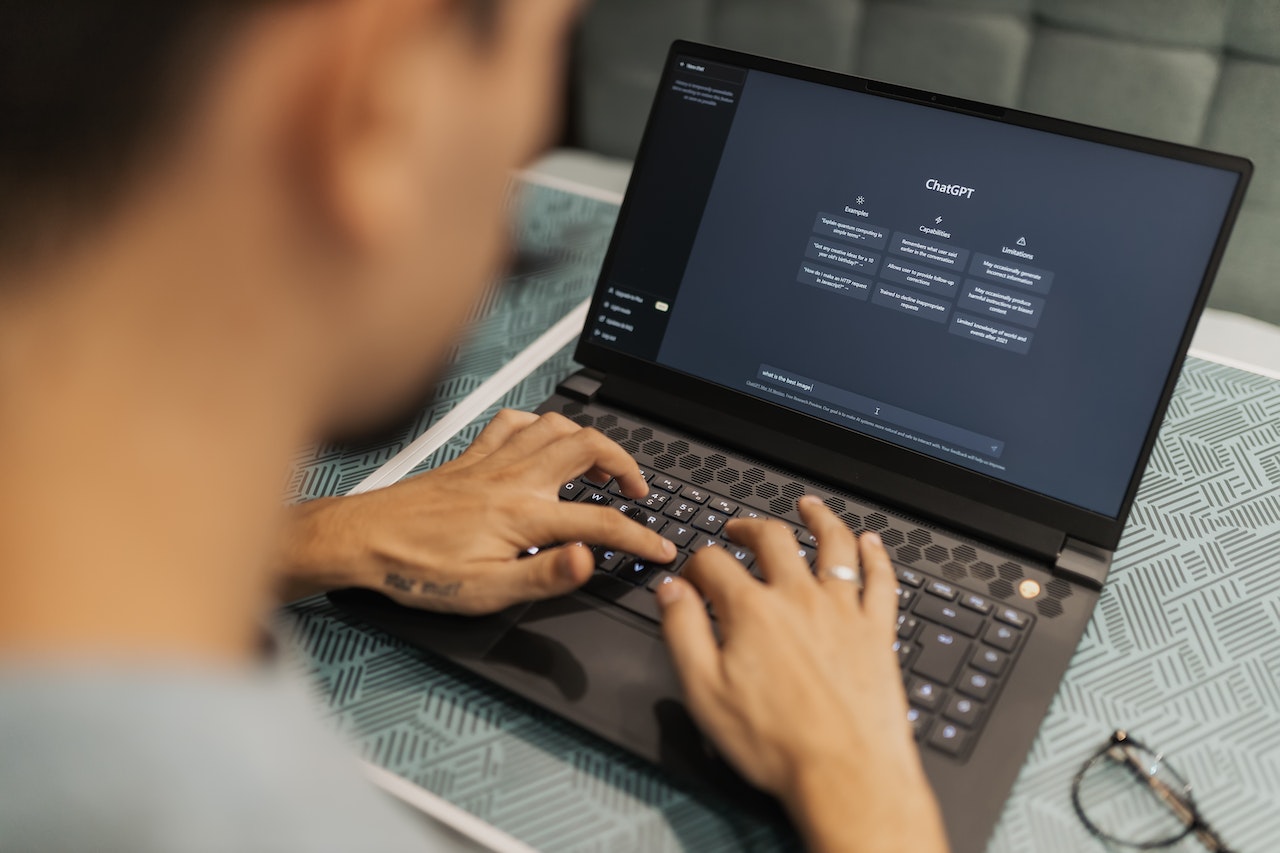Artificial Intelligence (AI) has been revolutionizing various industries, and the world of art is no exception. The emergence of AI-generated artwork has sparked a new wave of creativity and fascination among artists, critics, and the general public. AI art combines cutting-edge technology with artistic expression, resulting in captivating and thought-provoking creations. In this article, we will explore the reasons why AI art has gained such immense popularity in recent years.
1. Introduction
Art has always been an integral part of human culture, reflecting our emotions, experiences, and perspectives. With advancements in technology, AI has become a powerful tool that can simulate human-like creativity and generate art autonomously. AI algorithms can analyze vast amounts of data, learn from patterns, and produce unique artistic compositions. This fusion of art and technology has led to the emergence of AI art, captivating audiences worldwide.
2. What is AI Art?
AI art refers to artworks created or influenced by artificial intelligence. It involves using machine learning algorithms, deep neural networks, and other AI techniques to generate original artwork, mimic artistic styles, or assist human artists in their creative process. AI can create paintings, sculptures, music, poetry, and even digital installations. It pushes the boundaries of what is traditionally considered human artistic ability.
3. The Rise of AI Art
The rise of AI art can be attributed to several factors. Firstly, advancements in AI technology have made it more accessible and affordable for artists and enthusiasts. Additionally, the increasing availability of large datasets and computing power has enabled AI algorithms to learn and generate more sophisticated and realistic art. Moreover, social media platforms and online galleries have provided a global stage for AI artists to showcase their creations, gaining recognition and popularity.
4. How Does AI Create Art?
AI creates art through a process known as generative modeling. Generative models use complex algorithms to learn patterns and generate new data based on the knowledge acquired. In the context of art, AI algorithms can be trained on large collections of existing artwork, allowing them to analyze and understand various artistic styles, techniques, and compositions. Once trained, the AI system can generate new art by combining and reinterpreting these learned elements.
5. Unique Features of AI Art
One of the captivating aspects of AI art is its ability to produce unconventional and unexpected creations. AI algorithms can introduce novel interpretations, surrealistic elements, and blend various artistic styles, leading to artworks that challenge traditional norms. AI art often surprises viewers with its innovative compositions, imaginative concepts, and harmonious amalgamation of different artistic influences. These unique features make AI art stand out in the art world.
6. The Role of AI in Artistic Expression
AI art has sparked debates regarding the role of AI in artistic expression. While some argue that AI-generated art lacks human emotion and intention, others see it as an extension of human creativity, allowing for new forms of expression. AI can inspire artists, offering them new tools, techniques, and perspectives. It opens doors to unconventional possibilities, fostering collaborations between humans and machines, and pushing the boundaries of artistic innovation.
7. Impact on the Art Industry
AI art has disrupted the art industry in numerous ways. It has provided opportunities for emerging artists to experiment with new mediums and styles. Additionally, AI-generated art has attracted collectors and investors who appreciate its uniqueness and technological significance. Galleries and museums are increasingly showcasing AI art exhibitions, attracting diverse audiences and expanding the art world’s boundaries.
8. AI Art and Creativity
The relationship between AI and human creativity is complex. AI algorithms are designed to mimic human-like creativity, but they lack the depth of emotional experiences and subjective perspectives that human artists bring to their work. However, AI can serve as a creative tool, assisting artists in exploring new possibilities, generating ideas, or overcoming creative blocks. It can act as a collaborator, sparking inspiration and offering fresh insights.
9. Controversies Surrounding AI Art
The rise of AI art has also raised several controversies. Critics argue that AI-generated art lacks the authenticity and originality attributed to human artists. There are concerns about plagiarism, as AI algorithms can replicate existing artwork styles. Additionally, ethical questions arise regarding ownership and authorship of AI-generated art. Despite these debates, AI art continues to push boundaries, challenging traditional notions of artistic creation.
10. AI Art in the Digital Age
The digital age has significantly influenced the popularity of AI art. With the advent of digital platforms, AI-generated artwork can be easily shared, reproduced, and experienced by a global audience. Social media platforms, online galleries, and virtual reality environments provide accessible spaces for AI art to thrive. This digital landscape allows for interactive and immersive experiences, blurring the line between the creator and the viewer.
11. AI Art and Cultural Shifts
AI art reflects the cultural shifts and technological advancements of our time. It raises questions about the human relationship with technology, the boundaries of creativity, and the impact of AI on various aspects of our lives. AI art challenges our perceptions and forces us to reconsider traditional artistic conventions. It prompts discussions about the intersection of technology, creativity, and human expression, shaping the cultural landscape of the future.
12. AI Art in Various Industries
AI art has transcended the boundaries of the art world and made an impact in various industries. For example, AI-generated visuals and designs are utilized in advertising, fashion, and graphic design. AI-powered music composition has found applications in the entertainment industry. Furthermore, AI art has the potential to enhance virtual reality experiences, gaming, and architectural visualization, offering new dimensions to these fields.
13. AI Art and the Future
The future of AI art is both exciting and uncertain. As AI technology continues to advance, we can expect more sophisticated and compelling artwork generated by AI algorithms. AI may evolve to create art that seamlessly blends with human creations, challenging our ability to distinguish between the two. However, questions about the ethical implications, authenticity, and human involvement in AI art will persist, shaping the trajectory of this emerging field.
14. Ethical Considerations
The rise of AI art brings ethical considerations to the forefront. Questions arise regarding the ownership and rights of AI-generated art. Should AI algorithms be credited as artists? How do we protect the rights of human artists and prevent plagiarism in AI art? Ethical guidelines and frameworks need to be developed to address these concerns and ensure a fair and transparent ecosystem for AI art creation and consumption.
15. Conclusion
AI art has captured the attention and imagination of people around the world. Its unique blend of technology and artistic expression has propelled it to the forefront of cultural discussions. The popularity of AI art can be attributed to its ability to surprise, challenge, and inspire. As AI technology continues to evolve, AI art will shape the future of artistic creation, pushing the boundaries of human imagination and redefining what it means to be an artist.
16. FAQs
Q1. Can AI art replace human artists?
AI art is not meant to replace human artists. Instead, it offers new possibilities, tools, and collaborations for artists to explore. AI art is a symbiotic relationship between human creativity and machine intelligence.
Q2. Is AI art considered original artwork?
AI art raises questions about the definition of originality in art. While AI algorithms can generate unique compositions, the authenticity and intention behind the art are still debated. The role of the human artist in shaping and guiding AI-generated art is an essential aspect to consider.
Q3. Is AI art accessible to everyone?
With the digital age, AI art has become more accessible to a wider audience. Online platforms and social media allow people from around the world to discover and experience AI-generated artwork without geographical limitations.
Q4. What are the limitations of AI art?
AI art has limitations in terms of emotional depth and subjective interpretation. AI algorithms lack the lived experiences and human perspective that shape traditional art. AI-generated art also heavily relies on existing datasets, potentially limiting the exploration of entirely new artistic concepts.
Q5. How can AI art impact the future of creativity?
AI art has the potential to revolutionize the creative process. It can inspire new ideas, offer novel perspectives, and push artists to explore uncharted territories. The collaboration between AI and human artists may lead to the emergence of entirely new art forms and innovative artistic expressions.





